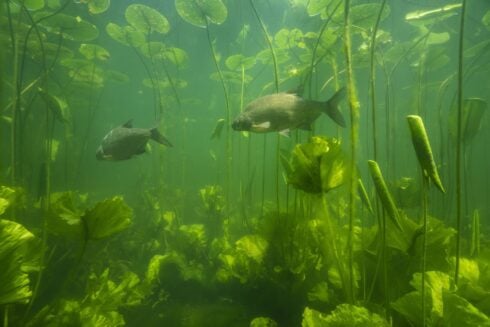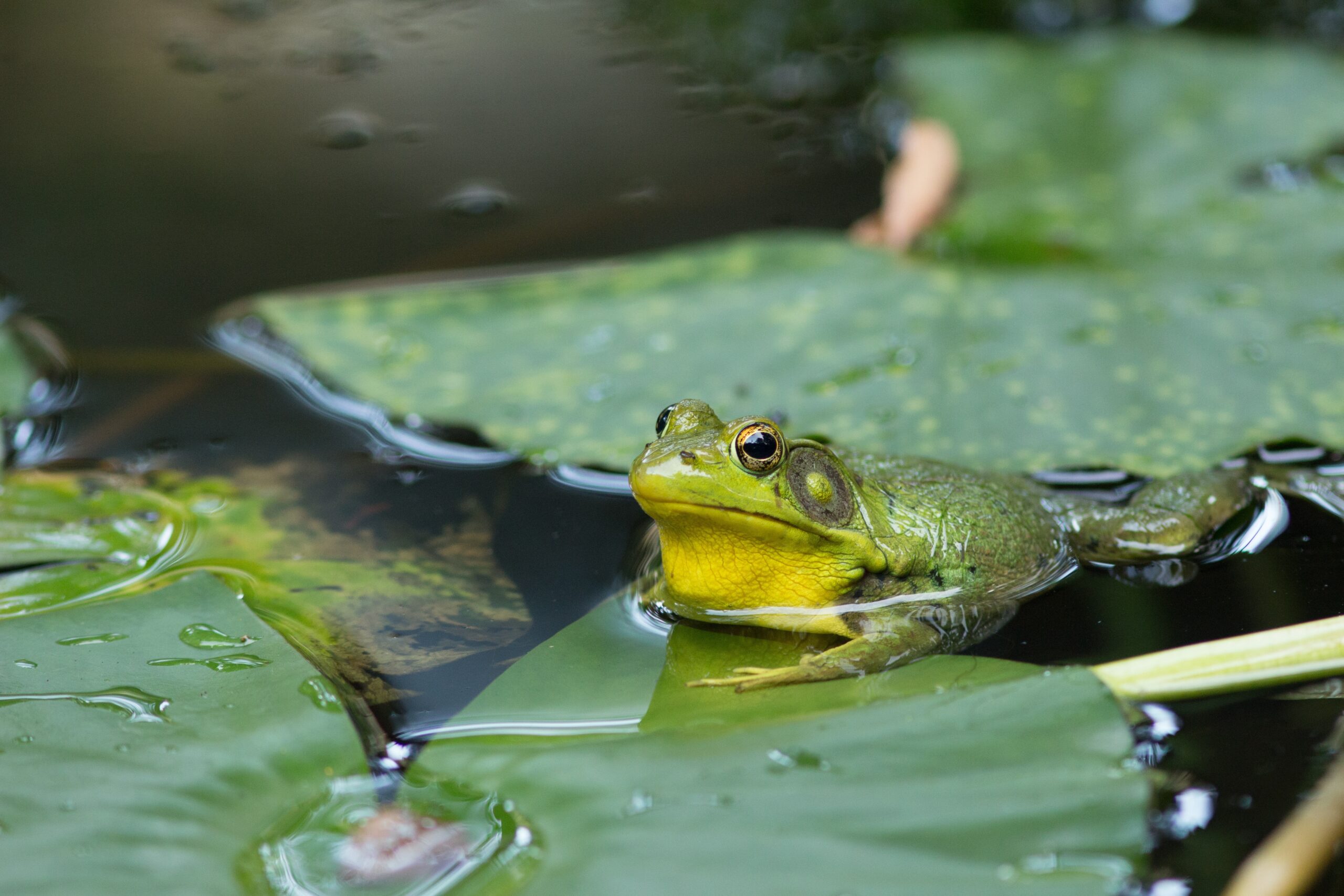AROUND 40% of the vertebrate animal population in the Iberian Peninsula is in decline according to study done by researchers from Alicante and Barcelona universities.
Of the more than 400 species analysed, the groups with the highest rates of decline are amphibians like frogs and toads, along with freshwater fish.
Roberto Rodriguez-Caro from the University of Alicante’s ecology department said: “Extinction rates are very high and are expected to continue to increase if conservation measures are not applied to mitigate their threats.”
READ MORE:
- Spain’s Iberian lynx is no longer at risk of extinction following years of conservation efforts
- Wolves declared as extinct in Spain’s Andalucia region
- The wild cat of the Iberian Peninsula in ‘pre-extinction’ state

The main warning signs of possible extinction is a fall in population.
“Assessing whether populations are stable, increasing or declining is key to being able to identify problems and look for solutions,” said Rodriguez-Caro.
The study- funded by the Iberian Society of Ecology- has created the largest database of population trends in Spain and Portugal.
21 scientists from different research centres have been working since 2021 to collate figures.
Researchers say the new database has tripled the amount of information which has shown some results that are not good news.
Amphibians and inland fish have had the highest rates of decline, so improvements in habitats and mitigating threats are essential for their preservation, according to the results published in the Biological Conservation journal.
Not everything is negative, with fauna, mammals and birds being the groups that present the most optimistic results due to conservation work being focused on them.








